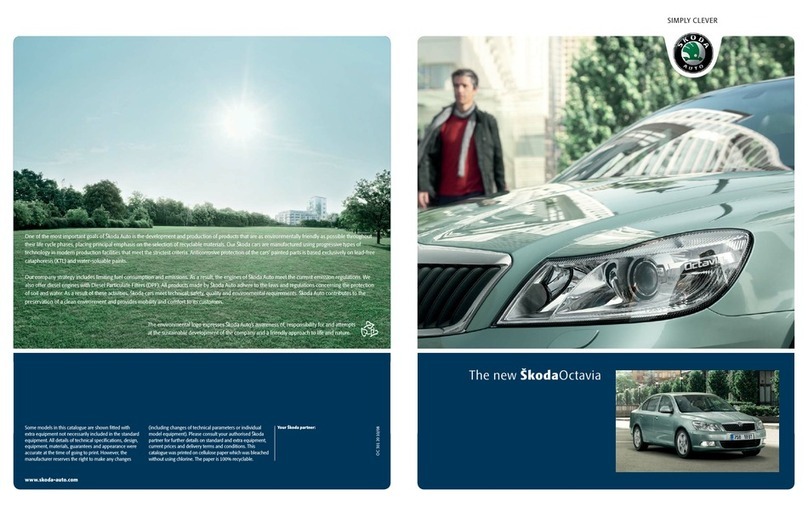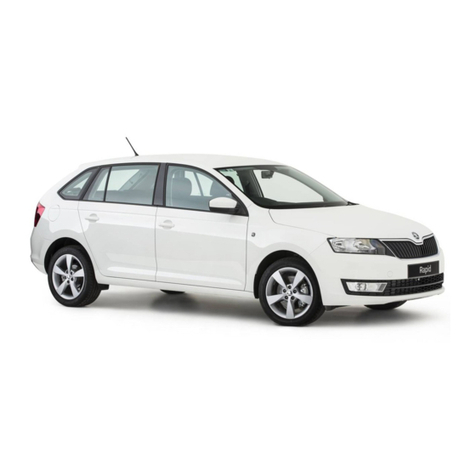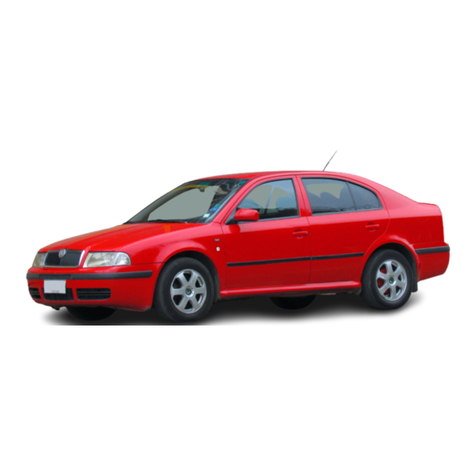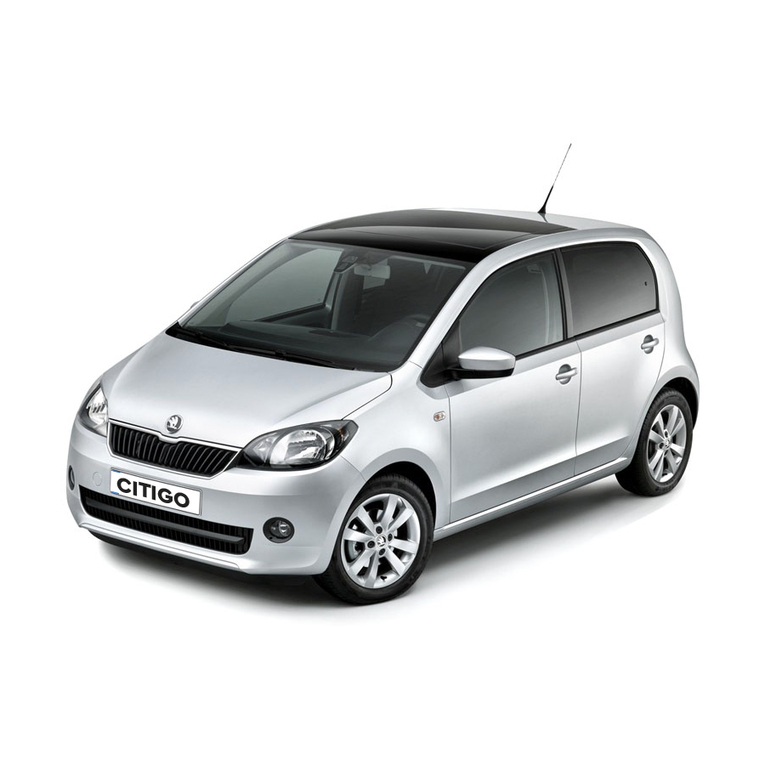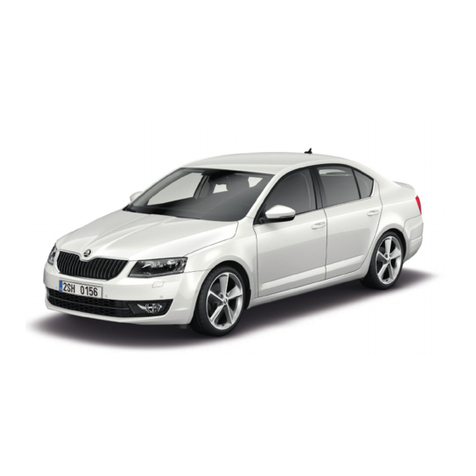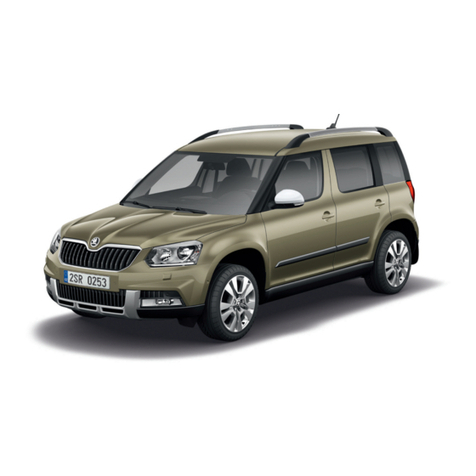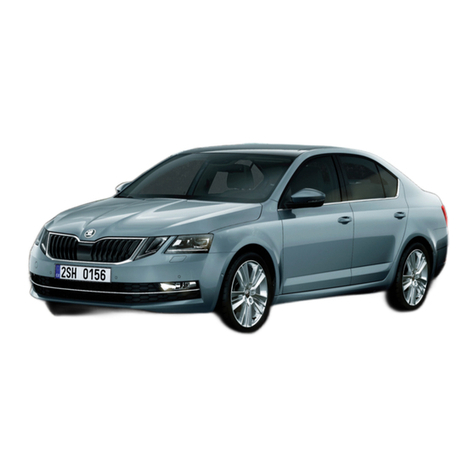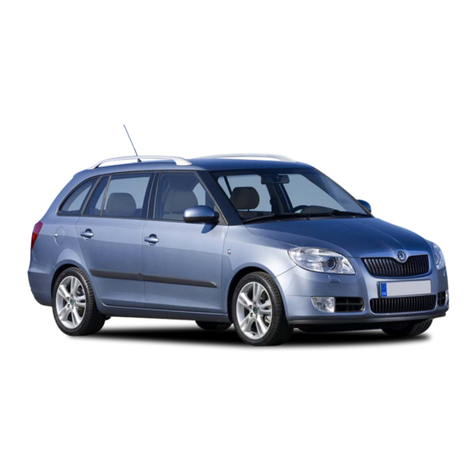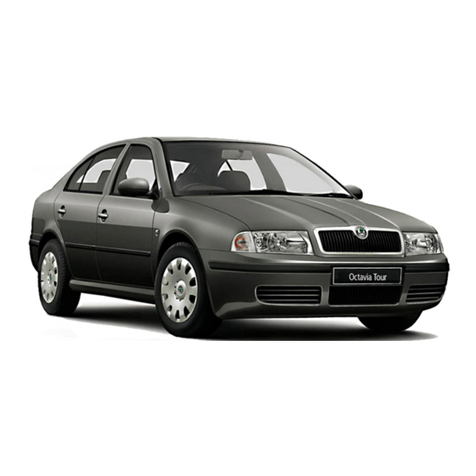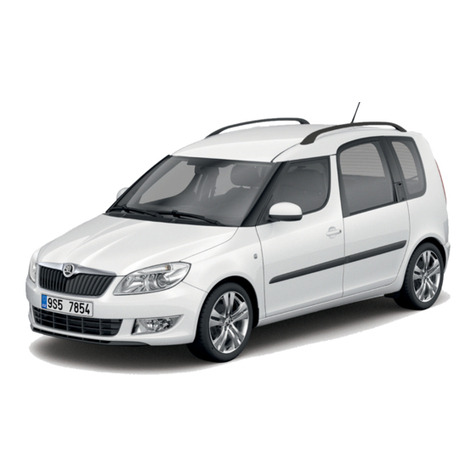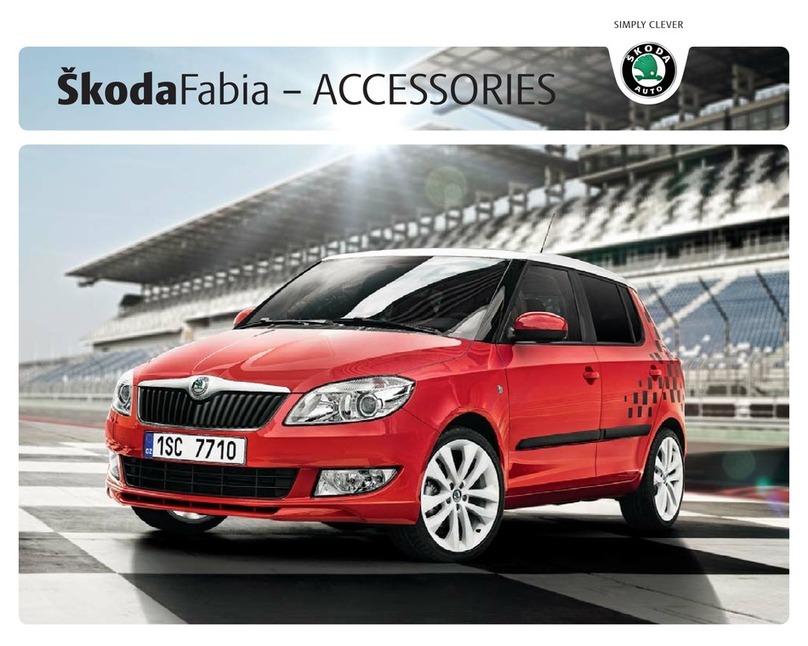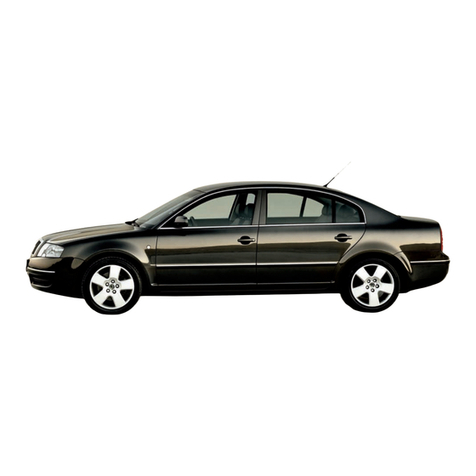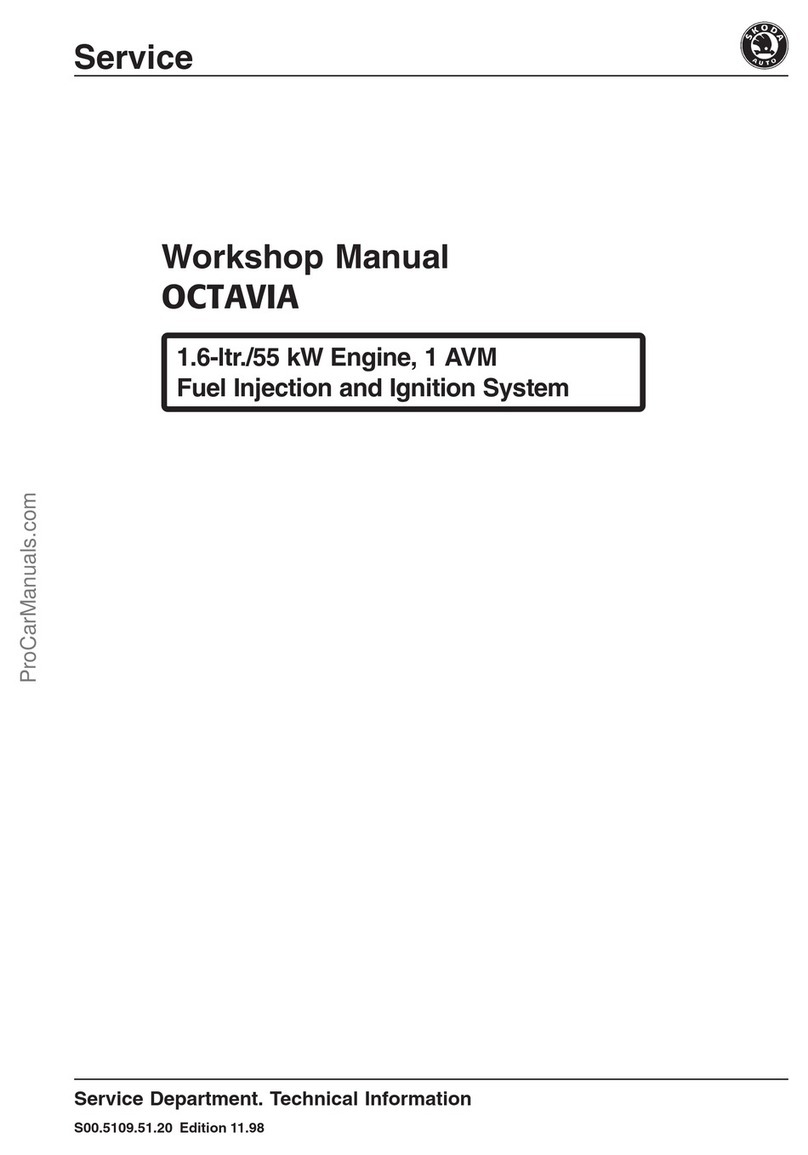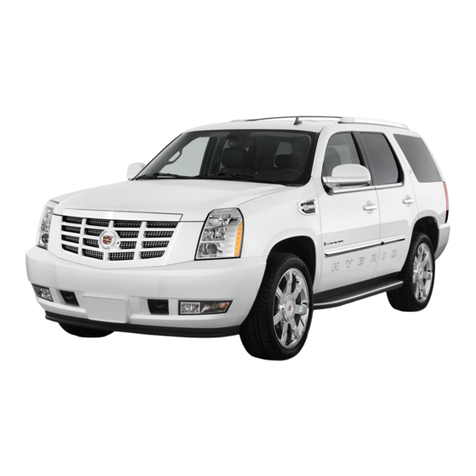Safety
Passive Safety
General information
Introduction
This chapter contains information on the following subjects:
Before setting off 8
Driving safety 8
In this section of the instructions you will find important information, tips and
notes on the subject of passive safety.
We have combined everything here which you should be familiar with, for ex-
ample, regarding seat belts, airbags, safety of children and anything similar.
You can find further information on safety concerning you and those travelling
with you in the following chapters of this owner's manual.
The complete on-board literature should therefore always be in the vehicle.
This applies in particular, if you rent out or sell the vehicle.
Before setting off
For your own safety and the safety of the people travelling with you, please
pay attention to the following points before setting off.
▶Ensure that the lighting and the turn signal system are functioning properly.
▶Ensure that the function of the wipers and the condition of the wiper blades
are free of any defects.
▶Ensure that all of the windows offer good visibility to the outside.
▶Adjust the rear-view mirror so that vision to the rear is guaranteed.
▶Ensure that the mirrors are not covered.
▶Check the tyre inflation pressure.
▶Check the engine oil, brake fluid and coolant level.
▶Secure all items of luggage.
▶Do not exceed the permissible axle loads and permissible gross weight of the
vehicle.
▶Close all doors as well as the bonnet and boot lid.
▶Ensure that no objects can obstruct the pedals.
▶Protect children in suitable child seats with correctly fastened seat belts
» page 19, Transporting children safely.
▶Adopt the correct seated position » page 8, Correct and safe seated posi-
tion. Tell your passengers to assume the correct seated position.
Driving safety
The driver is fully responsible for himself and passengers, especially children. If
your driving safety is effected, you place yourself and the oncoming traffic at
risk.
The following guidelines must therefore be observed.
▶Do not become distracted from concentrating on the traffic situation, (e.g. by
your passengers or mobile phone calls).
▶Never drive when your driving ability is impaired, (e.g. due to medication, al-
cohol or drugs).
▶Keep to the traffic regulations and the permissible speed limit.
▶Always adjust the driving speed to the road, traffic and weather conditions.
▶Take regular breaks on long journeys (at least every two hours).
The following list contains instructions for the Passenger which, if not ob-
served, may cause serious injuries or death.
▶Do not lean against the dash panel.
▶Do not put your feet on the dash panel.
The following list contains instructions for all Passengers which, if not ob-
served, may cause serious injuries or death.
▶Do not sit only on the front part of the seat.
▶Do not sit facing to the side.
▶Do not lean out of the window.
▶Do not put your limbs out of the window.
▶Do not put your feet on the seat cushion.
Correct and safe seated position
Introduction
This chapter contains information on the following subjects:
Correct seat position of the driver 9
Adjusting the steering wheel position 9
Correct seated position for the front passenger 10
Correct seated position for the passengers in the rear seats 10
8Safety

